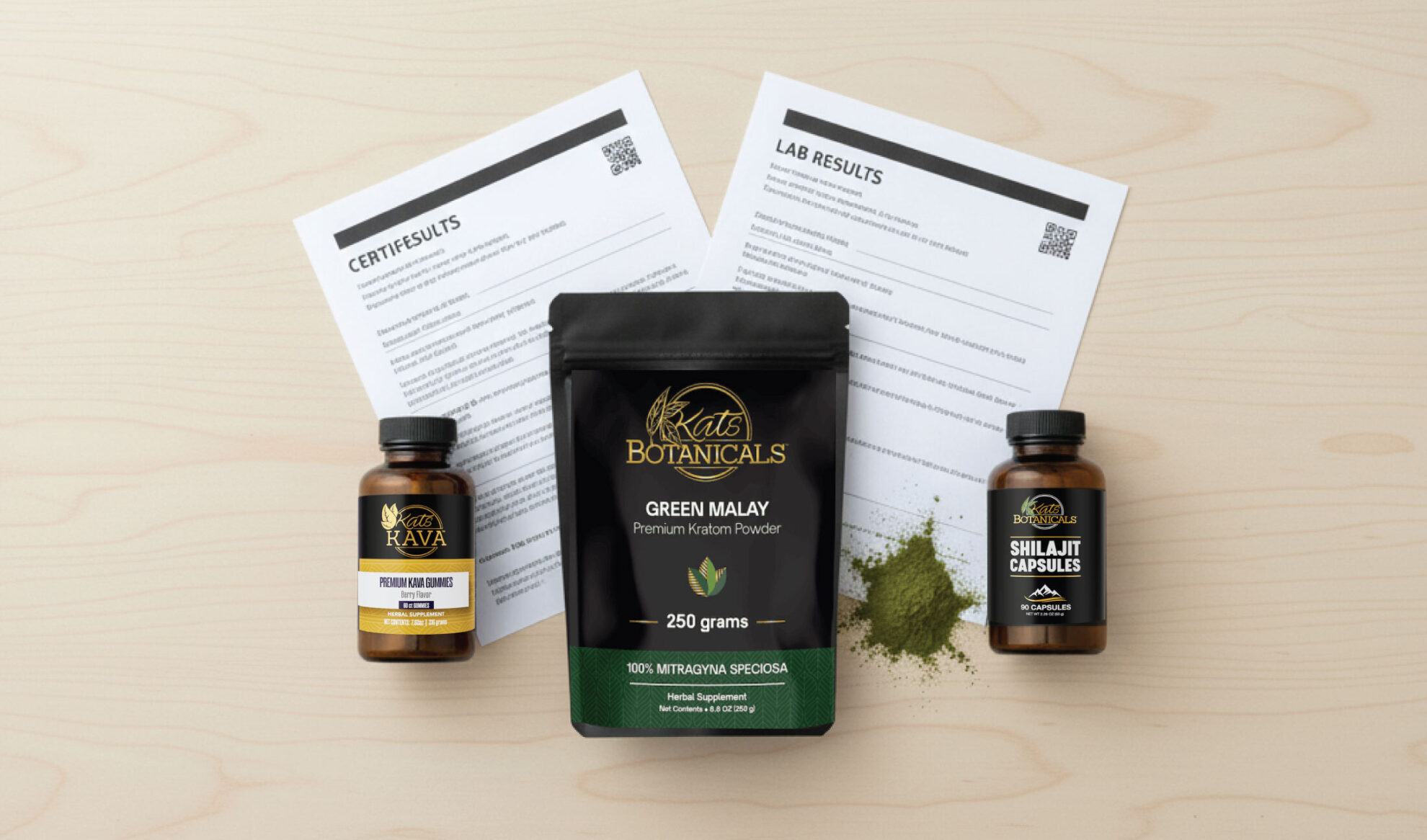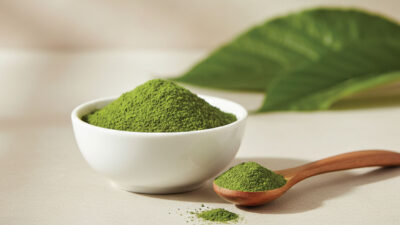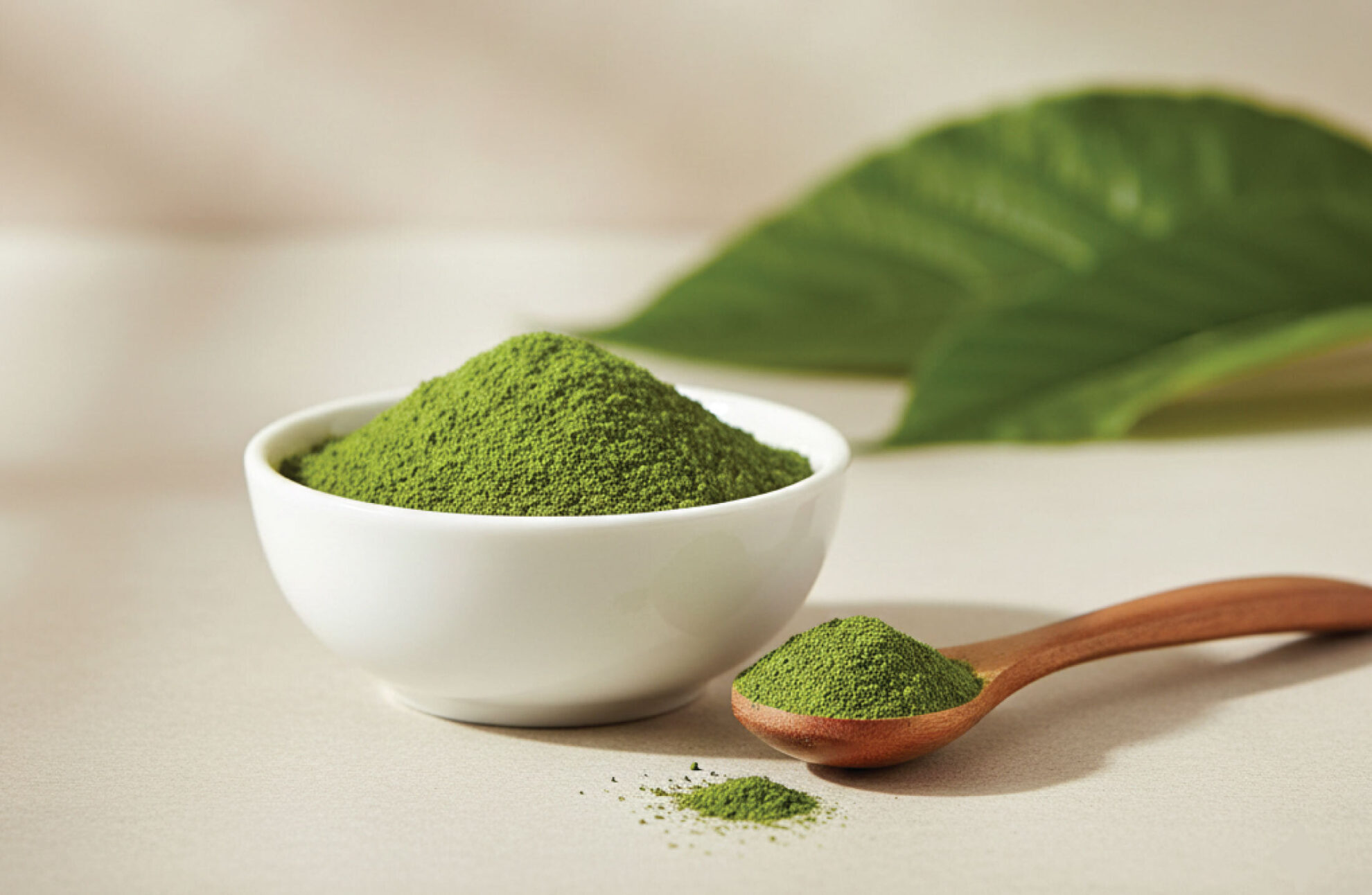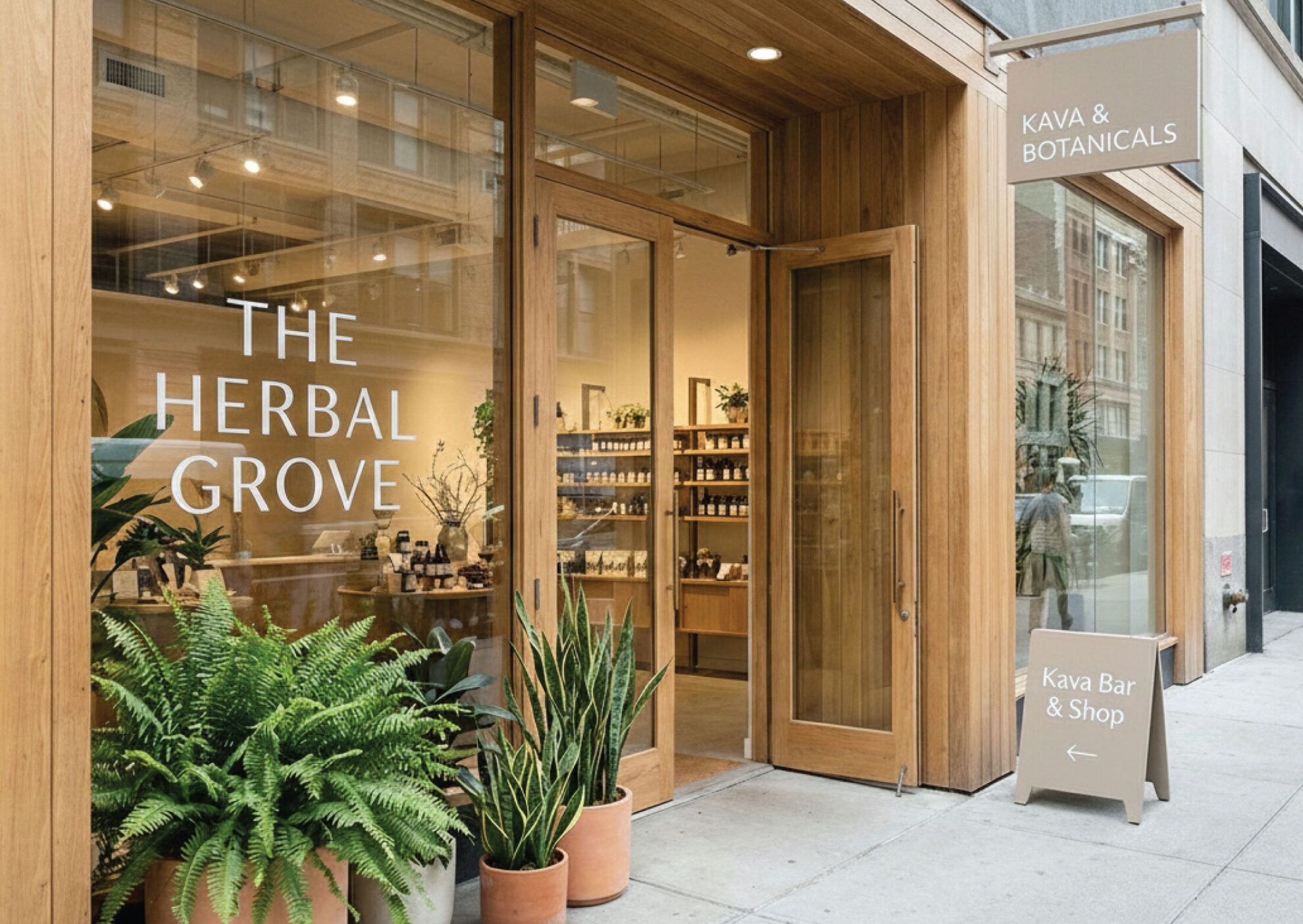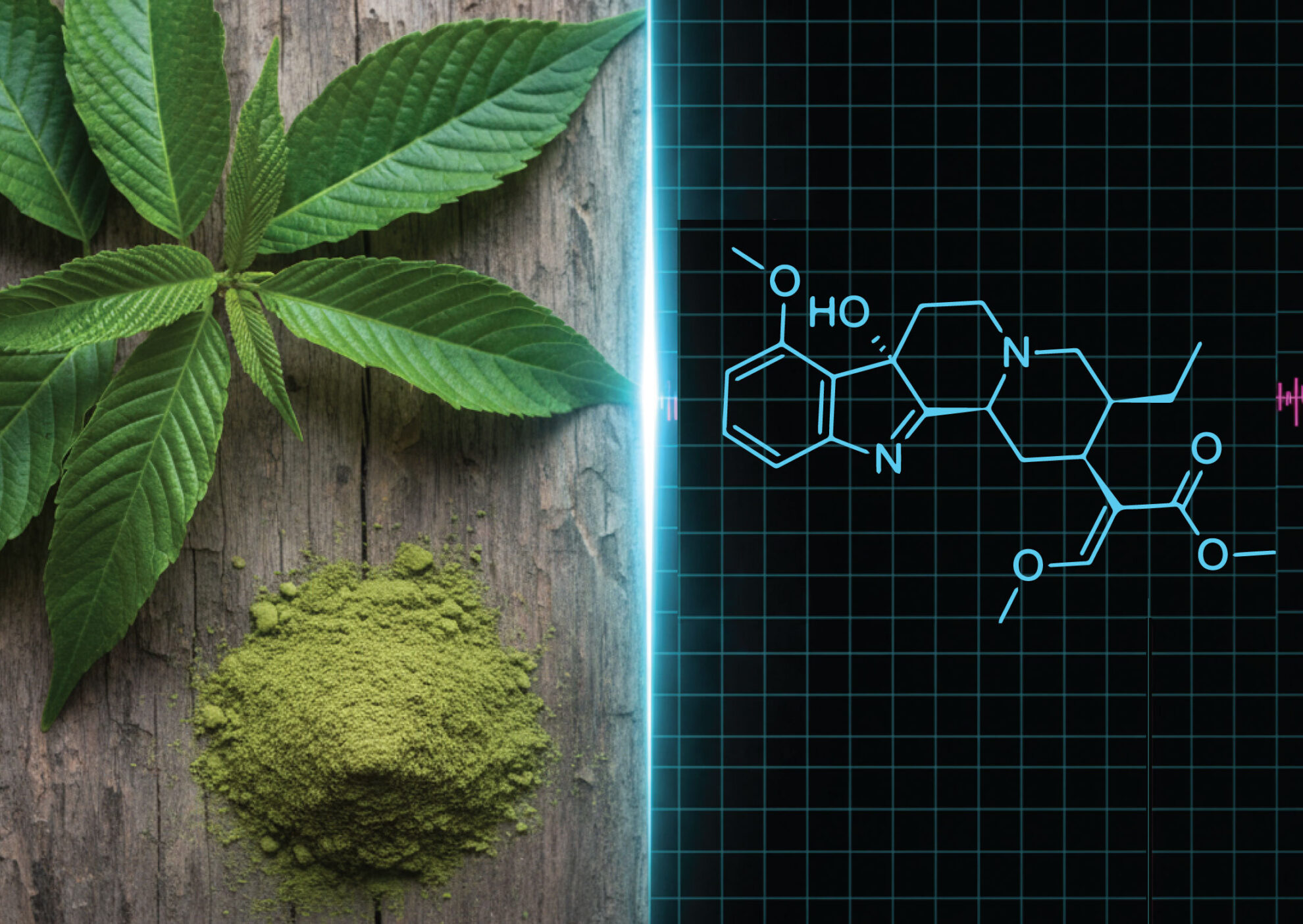The Kratom community is no stranger to legal debates. In 2016, a proposed federal scheduling move sparked national pushback. Nearly a decade later, a new wave of scrutiny is building around a single compound: 7-hydroxymitragynine (7-OH).
You may have already seen headlines about a 7-hydroxymitragynine ban in your state.
But why are lawmakers so worried about one little compound? Why do they care about what you choose to put into your body? Today, we’re taking an honest look at the latest flashpoint in Kratom policy.
We’ll explain what 7-OH is and why it’s being targeted.
And what a potential ban means for Kratom users and vendors.
What Is 7-Hydroxymitragynine, and Why It’s Being Singled Out
7-hydroxymitragynine is a minor alkaloid found in Mitragyna speciosa (Kratom). It’s one among many alkaloids that have been discovered in Kratom.
7-Hydroxymitragynine (or 7-OH for short) naturally occurs in trace amounts in Kratom leaf. Typically, this is less than 0.05% of dry leaf mass and can vary slightly by region or Kratom strain. Its presence has been documented for decades.
What makes 7-OH different from other Kratom compounds is how it affects the body.
When you consume Kratom leaf or powder, you consume all the alkaloids present in that strain. Mitragynine is the most dominant one by sheer abundance. While you also consume trace amounts of 7-OH, some of the Mitragynine also converts to 7-OH in the body. This makes 7-OH an active metabolite of Mitragynine.
Molecule to molecule, 7-OH is far stronger.
- Some argue that taking extra amounts of 7-OH offsets Kratom’s natural balance.
- Others posit that its contributions are highly valuable and boosting them is crucial for some users.
- Lawmakers, health agencies, and Kratom advocacy groups* cite potential health and safety concerns.
For a tiny molecule, everyone is paying attention to 7-OH.
*See the American Kratom Association’s Consumer Alert on 7-OH Products.
Why regulators care about 7-OH
- Potency: By weight, 7-OH is considered significantly stronger than mitragynine. Some estimates suggest 10 to 40 times stronger.
- Receptor binding: 7-OH interacts with μ-opioid receptors, the same sites targeted by prescription opioids. While Kratom is not an opioid, this overlap has raised red flags.
- Synthetic manipulation: Some products on the market concentrate 7-OH or claim to isolate it. These “advanced Kratom alkaloid” products have drawn much criticism. They differ from traditional Kratom powders and are fueling regulatory scrutiny.
Due to its mechanisms in the body, it’s thought that 7-OH is the most pharmacologically active of Kratom’s compounds. But its strength may not be the only reason for the proposed 7-OH bans. Some Kratom users feel strongly that 7-OH is the “doorway” molecule.
Meaning, it’s the easiest to target for restriction, opening the door to more comprehensive Kratom bans.
*Learn more about 7-OH potency in our comprehensive guide: The Difference Between Mitragynine and 7-Hydroxymitragynine Kratom Alkaloids.
The Federal Status of 7-Hydroxymitragynine (as of August 2025)
As of August 2025, 7-hydroxymitragynine is not scheduled at the federal level. Kratom leaf and its alkaloids remain legal in most of the United States, though subject to state-level laws.
That said, the landscape is shifting quickly:
- FDA warning letters (July 2025): The FDA has issued 7-OH warning letters to vendors. The warnings concerned the marketing of concentrated 7-OH products. Cited were unapproved drug claims and safety risks to consumers.
- HHS recommendation to DEA: In early 2025, the Department of Health and Human Services recommended that 7-hydroxymitragynine be placed in Schedule I of the Controlled Substances Act. This echoes the 2016 scheduling attempt but focuses only on this single alkaloid.
- DEA pending review: The Drug Enforcement Administration has not yet acted but is reviewing HHS’s recommendation. A rulemaking process, including a public comment period, is expected.
Regulators emphasize a difference between what’s natural in Kratom (trace levels of 7-OH) and what is not. The argument is that the high concentrations of 7-OH in some products indicate synthetic or concentrated forms. This distinction may shape how any federal rule is written.
Want to stay on the right side of Kratom regulation? The first step in being a responsible Kratom user is to learn about Kratom legality in your area. Start with our comprehensive guide: Is Kratom Legal Where I Live? Then, follow your state’s lawmakers’ web pages to stay in the know about current regulatory actions.
Where Is 7-Hydroxymitragynine Banned or Regulated? (State by State)
While federal scheduling is pending, several states have already moved to regulate or restrict 7-OH. Some have banned it outright, while others set limits on allowable concentrations.
Here’s a 2025 state-by-state overview:
| State | Status | Note |
| Florida | Active | 7-OH classified Schedule I, sale banned |
| Texas | Active | Strict Kratom laws including 7-OH limits |
| South Carolina | Active | Kratom Consumer Protection Act includes 7-OH |
| Louisiana | Active | 7-OH included in controlled substance provisions |
| California | Pending | Bill to regulate Kratom sales and limit 7-OH |
| Utah | Pending | Considering stricter regulations on 7-OH in Kratom |
| Ohio | Pending | Board reviewing classification of 7-OH |
| New York | Pending | Bill introduced to schedule Kratom and 7-OH |
| North Carolina | Pending | Bill introduced to regulate Kratom sales |
This patchwork means that a Kratom extract legal in one state may be illegal in another. Vendors must stay vigilant, and consumers need to know their local laws. Legislative activities are ongoing, and new bills may be introduced or existing ones amended. Regular monitoring of state legislative websites and reputable news sources is recommended.
What the 7-OH Ban Means for Consumers and Vendors
A potential 7-hydroxymitragynine ban would not remove Kratom leaf from shelves. Instead, it would primarily impact certain products like those made with Kratom extracts or boasting 7-OH beyond natural levels.
For consumers
Consumers may face less options when it comes to higher-potency Kratom products. This includes extract products and tablets boosted with 7-OH. Consumers may face confusion over Kratom ban headlines, fearing all Kratom may be made illegal.
Some Kratom users may appreciate the extra measure of protection. A 7-OH ban may take poorly labeled or synthetic 7-OH products off the shelves. (These may carry more risk than traditional powders.)
For vendors
Vendors may face increased compliance pressure. This may include better product testing and the availability of Certificates of Analysis. Vendors may need to provide more detailed labeling and information on alkaloid percentages to demonstrate legal compliance. Some extract products may be discontinued. Marketing claims like “advanced alkaloids” or “extra strength 7-OH” could trigger regulatory action.
The Kratom industry has faced these challenges before. Transparency, lab testing, and responsible marketing are the clearest ways forward.
Want to find legal Kratom products that contain balanced alkaloid profiles? Kats Botanicals is among the vendors who prioritize natural Kratom alkaloid ratios: Kats Botanicals Kratom extract products.
The International Legal Landscape
Global trends are mirroring the U.S. 7-OH appears to be the “red flag” Kratom compound prompting regulatory response. Some countries are already targeting the compound:
- Australia lists it as a Schedule 9 prohibited substance.
- In Europe, some countries like Denmark, Poland, and Romania ban all Kratom, while others are reviewing 7-OH specifically.
- Canada prohibits Kratom as a natural health product, and 7-OH extracts could fall under controlled substance laws.
- In Asia, Kratom-producing countries regulate exports but have not targeted 7-OH.
What Happens Next? DEA Rulemaking and What to Expect
Many states have adopted the Kratom Consumer Protection Act legislation in place of an outright Kratom ban. It’s possible 7-OH will follow this pattern, but we wait for the DEA review of HHS’s Schedule I recommendation. This is typically how that goes:
- Internal DEA review of medical and scientific data.
- Notice of proposed rulemaking in the Federal Register.
- Public comment period (often 30–60 days).
- Final rule published with effective date.
Kratom advocates remember 2016, when the DEA tried to emergency schedule the entire plant. Public backlash, petitions, and bipartisan pressure forced the agency to reverse course.
Whether history repeats itself depends on public engagement. The DEA may reconsider if backlash proves a 7-OH ban would harm consumers, stall research, or push products underground.
How to Stay Compliant and Buy Safely in 2025
For now, Kratom remains legal at the federal level. But the focus on 7-hydroxymitragynine ban proposals means users and vendors should exercise extra care.
Step-by-step checklist for safe buying:
- Check your state law: Even if Kratom is legal federally, local restrictions may apply.
- Look for COAs: Trusted vendors post lab results showing both Mitragynine and 7-OH levels.
- Avoid synthetic claims: Steer clear of products marketed as “pure 7-OH” or “advanced alkaloids.”
- Choose balanced extracts: If you use extracts, pick those that concentrate the full alkaloid spectrum, not just 7-OH.
- Ask vendors questions: Ethical companies answer inquiries about sourcing, testing, and compliance.
Being an informed buyer is the best protection in a shifting legal environment.
Not at the federal level as of August 2025, but several states have banned or restricted it.
Yes. The proposed restrictions target concentrated 7-OH products, not traditional Kratom powder or capsules.
A 7-OH ban would make it illegal to manufacture, sell, or possess concentrated 7-OH products. Traditional Kratom could remain legal, depending on the way the law is written.
Reading the fine print in your state’s Kratom legislation is necessary. A 7-OH ban could target products with synthetic alkaloids, only. Or ones with high concentrations of 7-OH.
Or the verbiage could be so generalized that other types of Kratom products are looped in. This is one reason the AKA’s legal framework for KCPA legislation can be critical moving forward.
Yes. The proposed restrictions target concentrated 7-OH products, not traditional Kratom powder or capsules. Kratom contains dozens of alkaloids. Targeting 7-OH allows regulators to act on what they see as the “strongest” compound without banning the entire plant.
Evidence showing 7-OH safety is limited. High concentrations or synthetic compounds may increase risks. These may include adverse reactions or unpredictable results.
Schedule I substances are considered to have no accepted medical use and a high potential for abuse. Examples include heroin and LSD.
Final Thoughts: Stay Informed & Choose Safety
The growing focus on 7-hydroxymitragynine shows how much Kratom remains under scrutiny. Regulators see 7-OH as the easiest alkaloid to target, and both federal and state actions are unfolding quickly.
For consumers, the key message is this: natural Kratom is not the same as isolated 7-OH products. Advanced alkaloid products are under fire. But these do not include traditional Kratom powders or capsules. Nor should responsibly made extracts be lumped into the same category.
For vendors, the path forward is transparency. Lab results, batch numbers, and clear labeling are no longer optional. They are essential.
At Kats Botanicals, we believe in protecting both Kratom’s heritage and its future. That means prioritizing safety, supporting balanced products, and helping customers make informed choices.
If you want to enjoy Kratom without legal risk, stick with trusted, lab-tested products that respect the plant’s natural balance. Shop Kats Botanicals Kratom products, always made with safety and responsible use in mind.


